Image Gallery: Ancient Middle-Eastern Texts
Inscription about King Nebuchadnezzar II
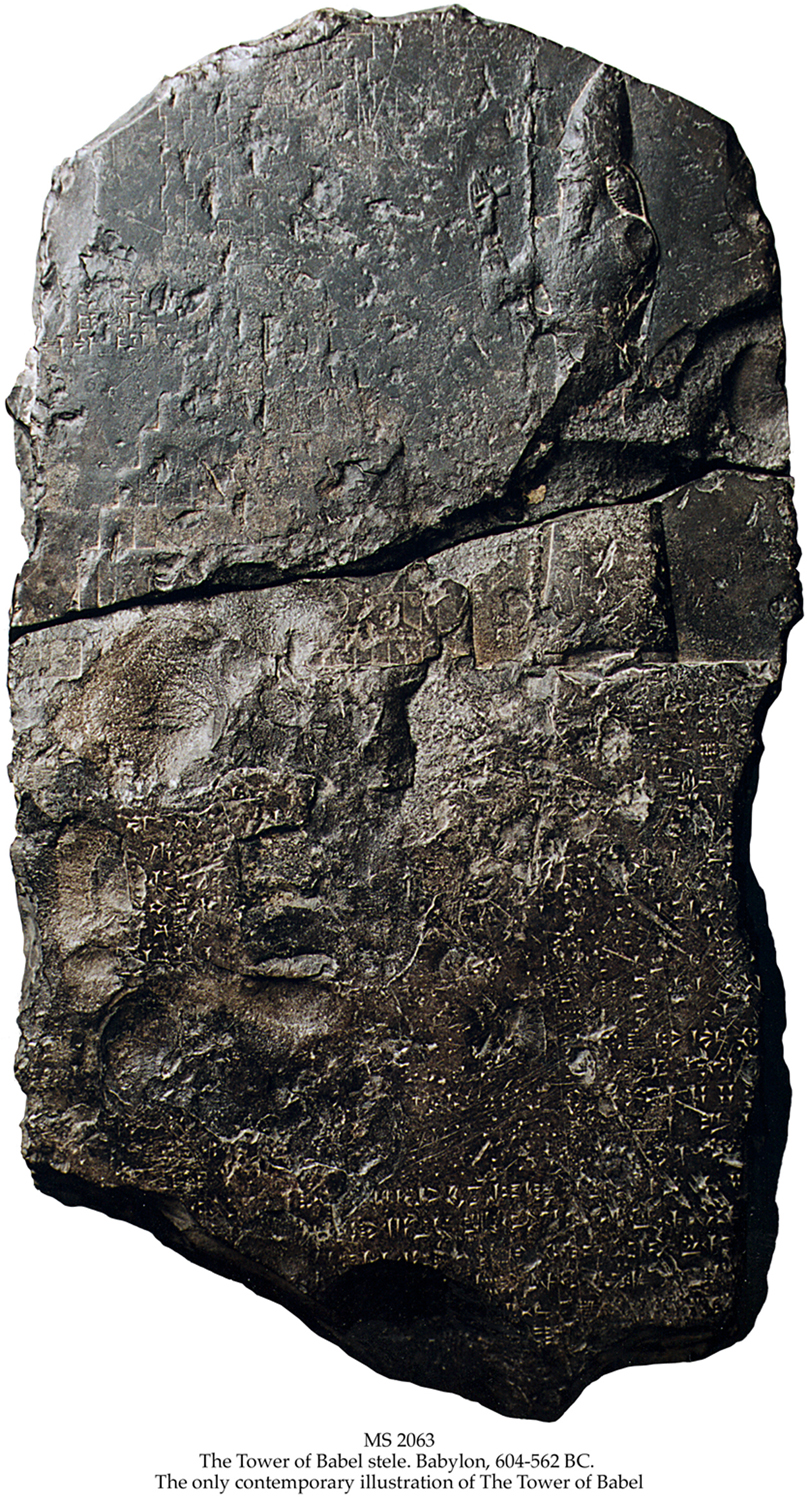
In addition to the inscription this stele depicts King Nebuchadnezzar II standing beside a ziggurat he built at Babylon. The tower is dedicated to the god Marduk. This is one of only four known depictions of Nebuchadnezzar known to exist, and the best preserved.
Reconstruction of King Nebuchadnezzar II inscription
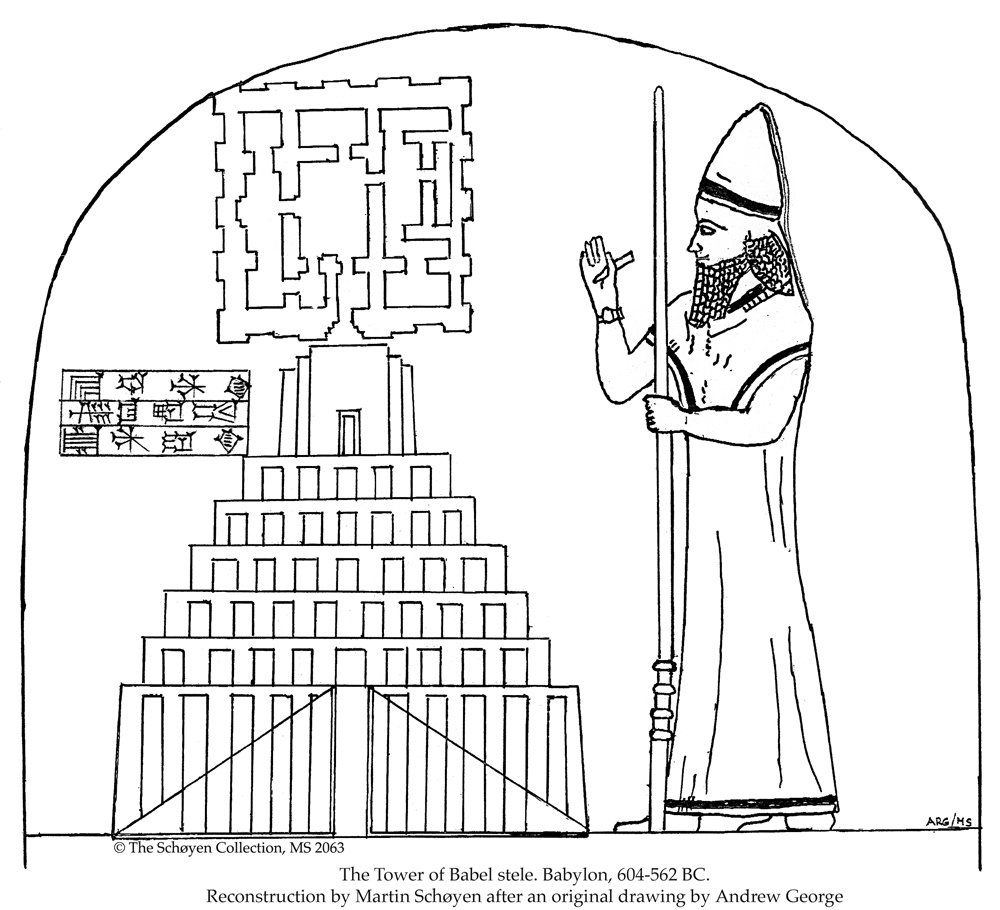
A reconstruction of the stele showing what the images would have originally looked like. Some scholars believe that the ziggurat Nebuchadnezzar built at Babylon was an inspiration for the Tower of Babel story. As such this stele is often referred to as the "Tower of Babel stele."
Ruins of Babylon
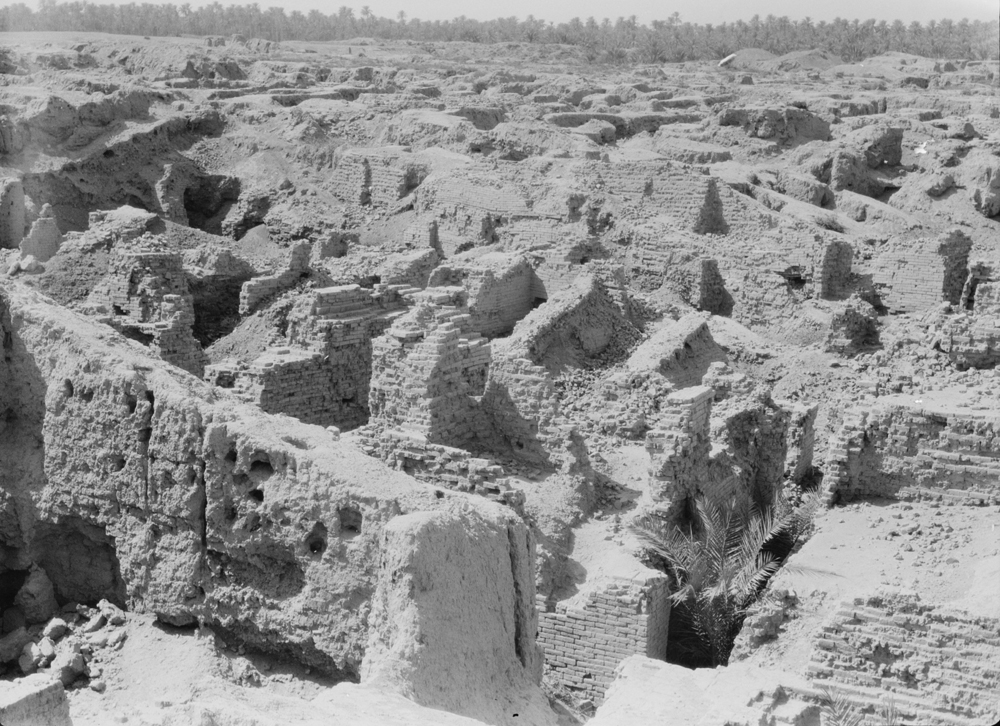
The ruins of Babylon as they were in 1932.
Conquest of Babylon

This inscription, made in the name of Tiglath-pileser I, a king of Assyria, records the conquest of Babylon. It was made more than 3,000 years ago.
Kings of Ur and Isin
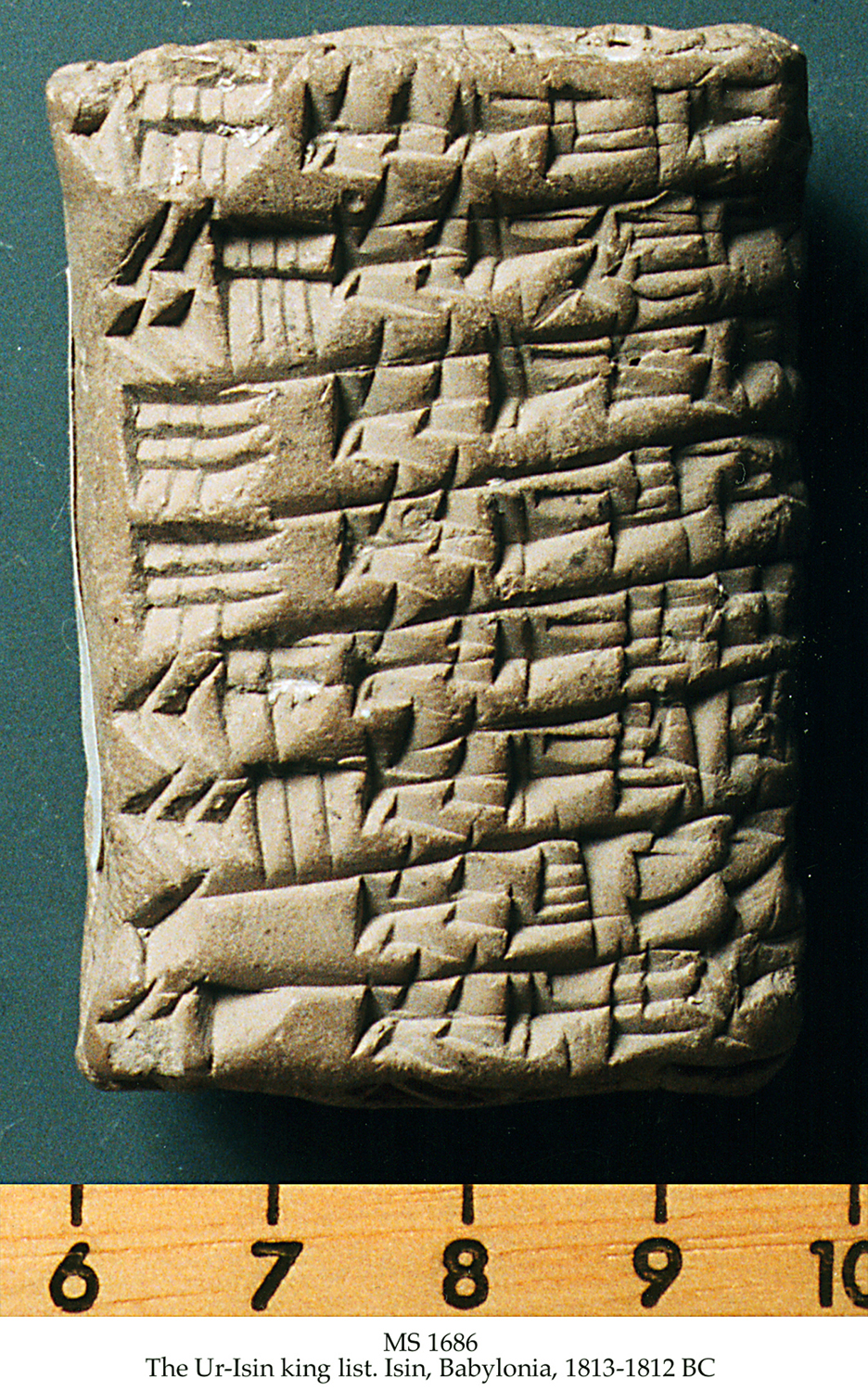
This ancient list records the kings of Ur and later Isin, cities in modern day Iraq. The list starts with Ur-Nammu, who ruled about 4,100 years ago, and it ends with Damiq-ilisu, who ruled about 3,800 years ago.
Eye for an Eye?
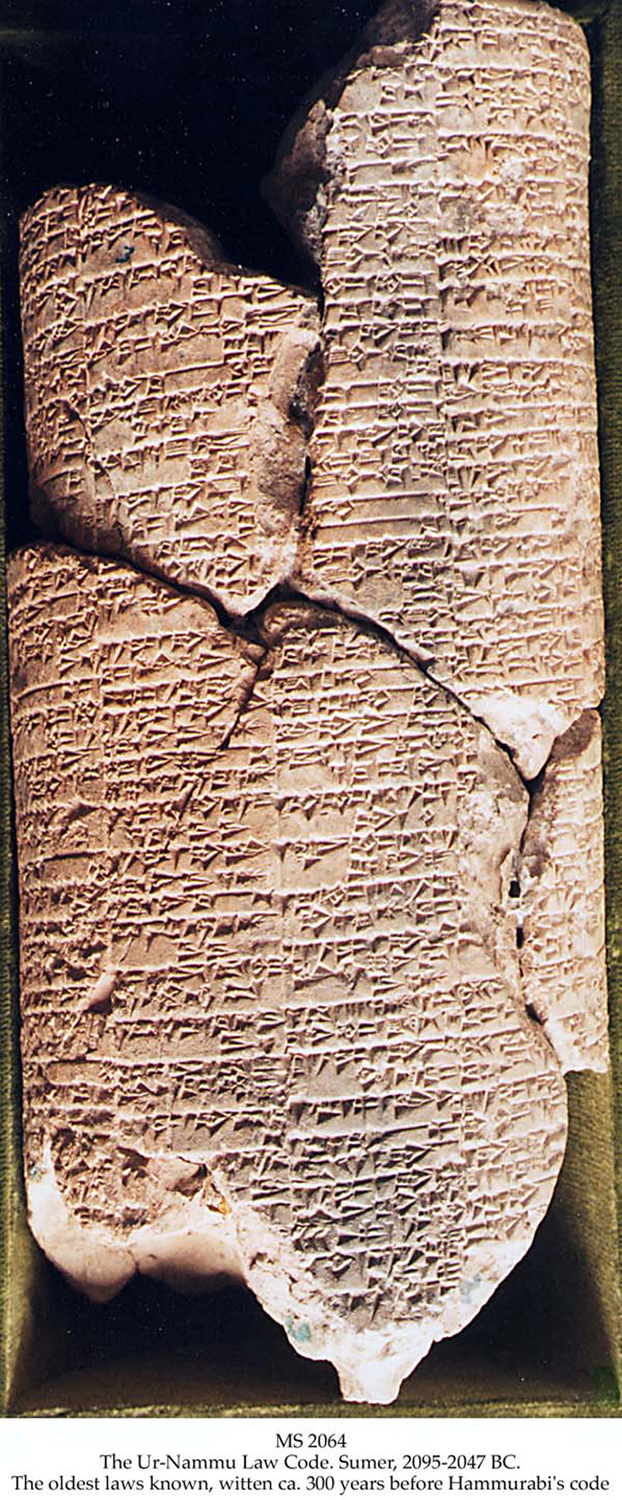
This is the earliest copy known to exist of the Law Code of Ur-Nammu, a king who ruled at Ur more than 4,000 years ago. His code precedes Hammurabi's by nearly three centuries. In some ways it was more advanced, rather than an "eye for an eye" he prescribed a fine for a person who took out someone's vision.
Get the world’s most fascinating discoveries delivered straight to your inbox.



